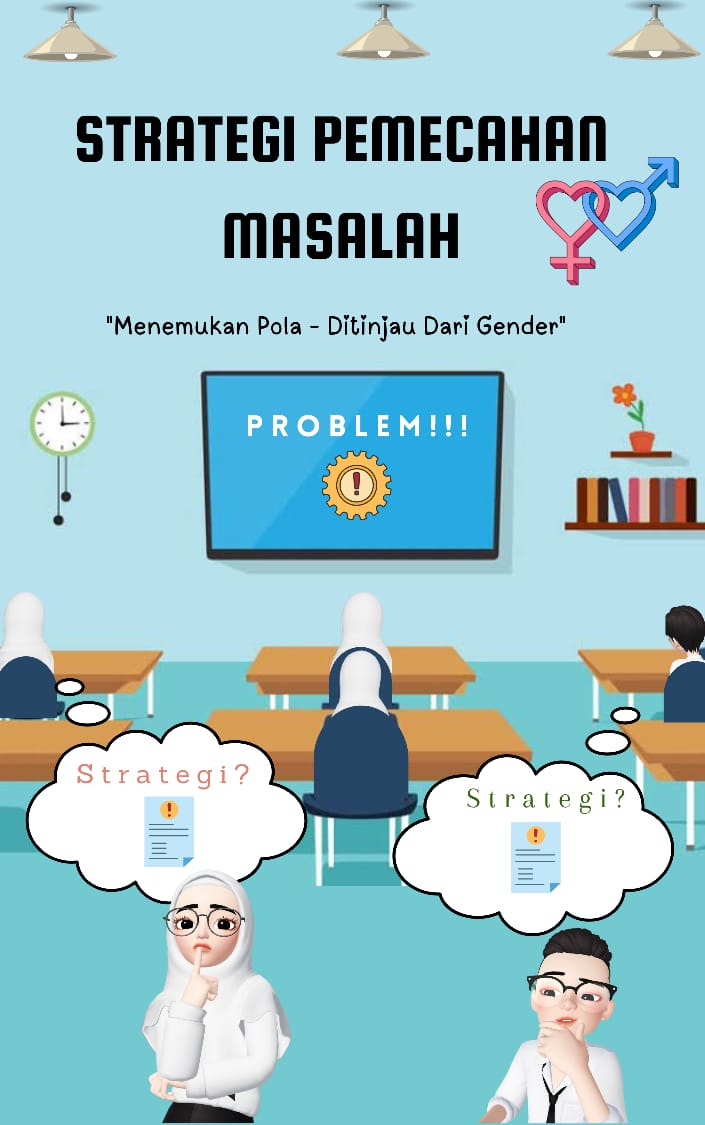Analysis of Using Pattern Finding Strategies Skills in Mathematical Problem Solving Viewed from Gender Differences
Keywords:
Gender, Problem-solving, Pattern findingAbstract
The purpose of this study is to describe the skills of using pattern finding strategies in solving mathematical problems in terms of gender differences. This research is a descriptive research with a qualitative approach. The subjects of this study are grade VIII students of Baiti Jannati Middle School, Sunggal sub-district, Deli Serdang district. The research subjects consisted of four students with high mathematical ability consisting of two male students and two female students. The data collection technique used a problem-solving ability essay test instrument which consisted of two questions and a non-test instrument in the form of an interview. The data analysis technique in this study uses the Miles and Huberman model which consists of four stages, namely data collection, data condensation, data presentation, and conclusions. The results of this study indicate that both male and female students are able to find and use patterns in solving mathematical problems. Based on these results, it can be concluded that there is no difference in the skills of using pattern finding strategies between male and female students.
Downloads


 Universitas Muhammadiyah Malang, East Java, Indonsia
Universitas Muhammadiyah Malang, East Java, Indonsia
 Federal University of Ceara (UFC), Brazil
Federal University of Ceara (UFC), Brazil




















